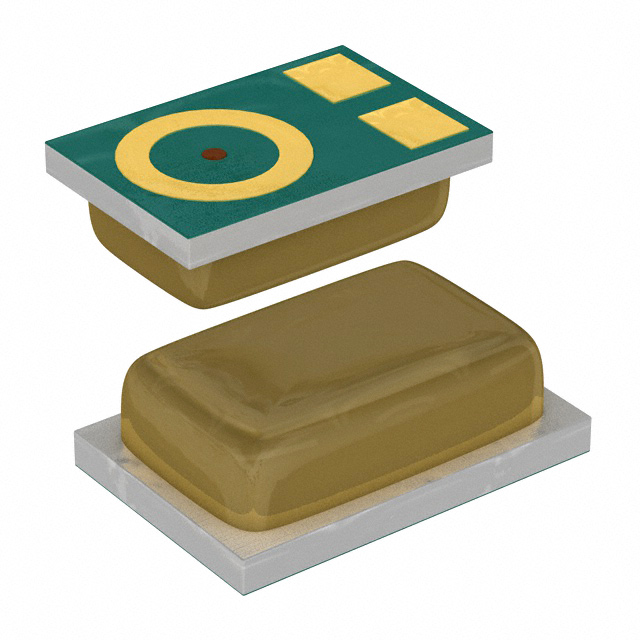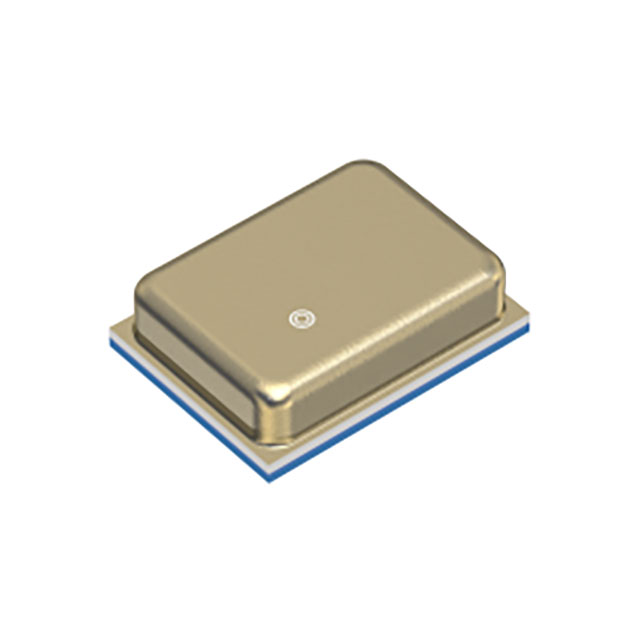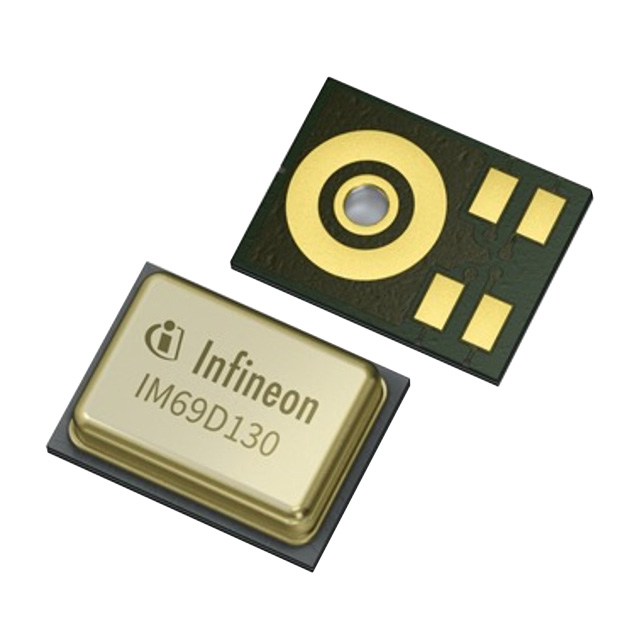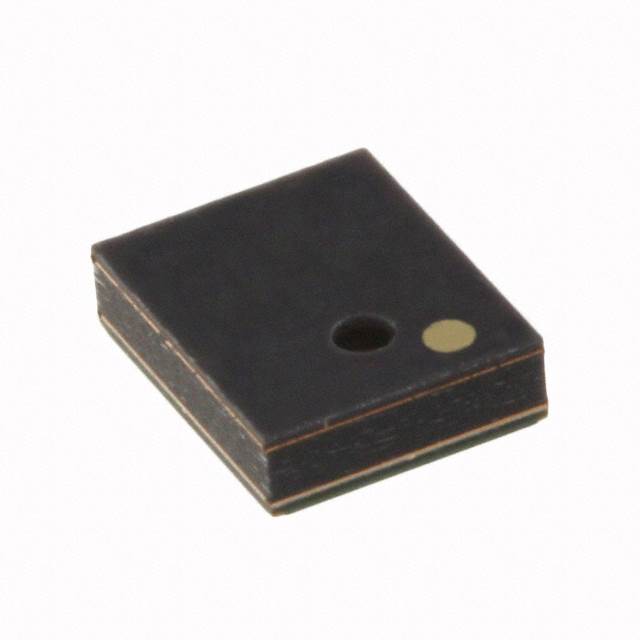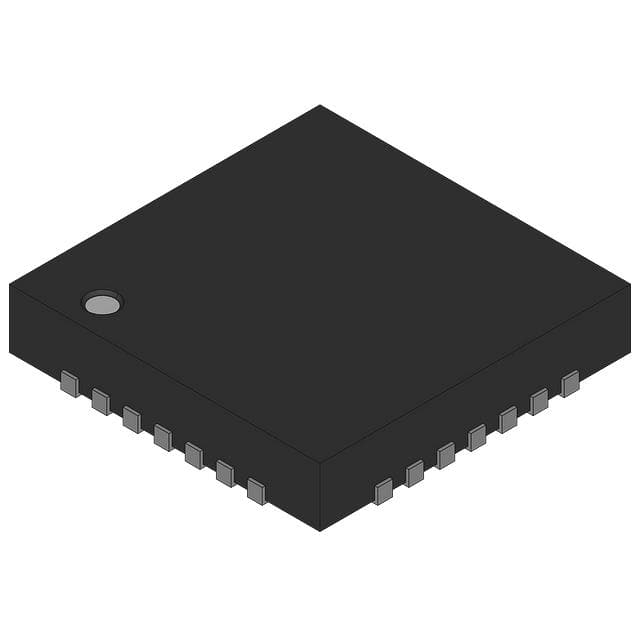Why PCB controls 50 ohm impedance
single-ended network in the design is generally controlled by 50 ohms, so many people will ask, why is it required to be controlled by 50 ohms instead of 25 ohms or 80 ohms? First of all, 50 ohms is selected by default, and everyone in the industry accepts this value. Generally speaking, it must be a standard set by a recognized organization, and everyone designs according to the standard.
Using the reference clock to realize serial communication data recovery of Cyclone10LP devices
In the non-source synchronous low-speed serial data communication scenario, the clock frequency of the communication counterpart may be biased, which may cause the data receiving end to be unable to accurately sample. In this case, the SOFT-CDR and DPA functions in the high-speed transceiver or LVDS serdes of high-end Altera devices can effectively solve this problem.
CR2032 vs CR2450 batteries: Which one is better for your device?
Many daily devices use CR2032 and CR2450 batteries because of their small size and reliable performance.
7408 Integrated Circuit: A Classic TTL (transistor-transistor logic) Type IC
The 7408 integrated circuit is a classic TTL (transistor-transistor logic) type IC, which is widely used in various digital circuits. It contains four 2-input AND gates, each with two inputs and one output, for performing logical AND operations.
What is Transistor hFE
hFE, also known as current gain or β (Beta), is an important parameter of the transistor, which represents the ratio between the base current and the collector current. It describes the gain capability of a transistor when amplifying current.
IGBT vs. MOSFET: A Comprehensive Comparison of Features
Both IGBTs and MOSFETs are important semiconductor devices that are widely used in power electronics, switching power supplies, and other high-power control systems. They can both be used to control the flow of current, but their operating principles, characteristics, and application scenarios differ.
WiFi 7 vs WiFi 6: Wireless Network Routing Comparison
WiFi 7 (802.11be) and WiFi 6 (802.11ax) are both wireless network communications standards, but they have significant differences in performance, spectral efficiency, latency, and the number of devices they support.
ENIG vs ENEPIG PCB: Explore the Difference
The choice of PCB surface finish is more than just a detail; it determines the performance and lifespan of the PCB. The versatile and robust Electroless Nickel Electroless Palladium Immersion Gold (ENEPIG) and the reliable and classic Electroless Nickel Immersion Gold (ENIG).
The automotive crystal oscillator FA-238A is the preferred choice for car Bluetooth
Epson FA-238A is a high-performance quartz crystal oscillator widely used in automotive, industrial and consumer electronics fields. It is particularly suitable for automotive-grade and high-reliability applications, with excellent temperature stability, low power consumption and high precision.
What are the differences between tantalum capacitors and ordinary capacitors
Tantalum capacitors are often used in high-precision circuits due to their high reliability, stability and small size, but due to their high price and polarity requirements, special attention should be paid to the connection polarity during design.
What is a clamping diode? Principle, function and application analysis
Clamping diodes are a common electronic component, also known as protection diodes or baropendulum diodes.
Four Common Topological Approaches to Powering LEDs
There are many topologies that can be used to power LEDs. As you probably already know, you need to first identify your design requirements before you start selecting, or you may end up with a design that is less than ideal or, worse, not guaranteed to work properly over the long term.
Regionalization Trend of Global Electronic Component Manufacturing: The Impact of Multinational Joint Ventures and Supply Chain Diversification
As global supply chain pressure increases, more and more electronic component companies are establishing production bases in places such as India and Southeast Asia, promoting the regionalization of supply chains.
US CHIPS Act 2024 in-depth implementation: How to reshape the global semiconductor supply chain and the future of technology
In August 2024, as the CHIPS Act is further promoted, the United States strives to localize the semiconductor industry and reduce external dependence. This strategic transformation is reshaping the global chip supply chain and is crucial to the future development of emerging technology fields such as AI and big data. This article deeply analyzes how the CHIPS Act reshapes the global supply chain and brings key industry impacts.
Hisense TVs sold out in Walmart on Black Friday
During this year's Black Friday promotion, Hisense TVs once again became a hot-selling product in the United States. Recently, a large number of videos of Americans rushing to buy Hisense TVs appeared on social media.
Four Common Topological Approaches to Powering LEDs

There are many topologies that can be used to power LEDs. As you probably already know, you need to first identify your design requirements before you start selecting, or you may end up with a design that is less than ideal or, worse, not guaranteed to work properly over the long term. For example, when driving one or more LEDs, the minimum and maximum forward voltage drops of the LEDs, the current level, and the operating temperature determine the required converter output voltage range. For example, when looking at the datasheet of a typical red LED, I found that the forward voltage drop varies by 35% at its ideal driver current. If the LED manufacturer "groups" or "bins" the parts for forward voltage, the variation drops to a more reasonable 6%. In addition, the relative forward voltage drop can vary by 13% with operating temperature, and the set current selected for the LED can help increase this variation by 16%.
So what does all this mean? Once you have this information, you need to determine the minimum and maximum output voltage of the converter. This is simply the total of all the LED forward voltage drops added to the voltage across the sense resistor. The converter input voltage range determines whether the output voltage is always higher, lower, or somewhere in between.

Four Common Topologies for Powering LEDs
Boost
As the name implies, the boost converter output is always greater than its input voltage and is generally the most efficient of the converters shown above. Advantages include clamping the FET voltage (which minimizes hum and noise) and low input ripple current (allowing for small input capacitors). Disadvantages are higher currents in the inductor, FET, and diode (higher than the output), potentially greater losses in the FET due to high voltage switching and higher currents, and pulsating currents in the output capacitor. These disadvantages are usually insignificant if the output current is much less than 1A.
Buck
When driving a small number of LEDs from a higher input voltage, a buck converter should be selected. It generally achieves very high efficiency with the smallest overall package size. Advantages include component stress of less than or equal to Vin max and less than or equal to Iout, and low output ripple current (allowing for small output capacitors). The downside is pulsating input current and possible ringing noise at the FET switch voltage. A good practice is to place the output capacitor in parallel with the LED (rather than at ground) to simplify the control loop.
Inverting Buck-Boost
The inverting buck-boost is an “in between” topology option, meaning the converter can be used as either a buck or a boost. Even if the output is negative, the LED doesn’t really care and doesn’t need to stop. Since the controller is referenced to –Vout, the connections for the current sense resistor feedback are similar to the standard buck topology. In fact, it’s often hard to tell the difference from the buck topology because many of the connections are the same, but the circuit operation is different. The advantages include using a buck (or synchronous buck) controller and getting buck-boost functionality! The disadvantages are lower efficiency, higher current levels (similar to the boost topology), and level shifting if you need to get the controller enabled.
SEPIC
The single-ended primary inductor converter (SEPIC) is a non-inverting buck-boost topology. The inductor can be either coupled (like a transformer) or completely discrete. Advantages include clamped switch operation similar to a boost converter (ideal for low noise, high switching frequency) and low input ripple current (good for small input capacitors). Disadvantages are the highest component count, lower efficiency, highest current stress, and the most complex control loop that is hard to understand (but generally not a problem at lower bandwidths).
